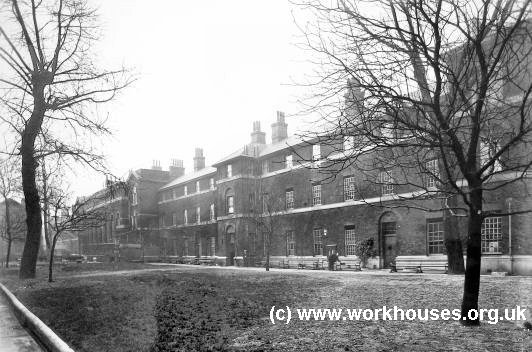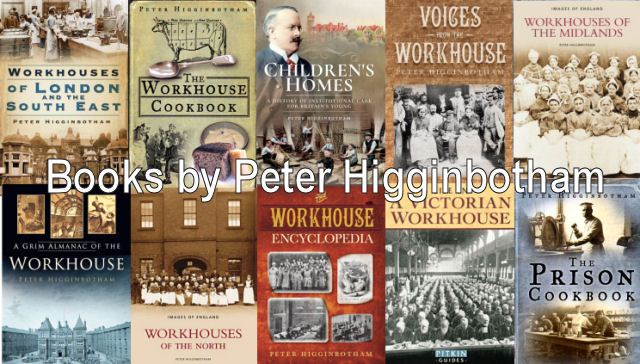Len Goodman's Workhouse Connections

Len Goodman, chief judge on BBC's Strictly Come Dancing, will be one of the personalities featured in the 2011 series of the channel's celebrity genealogy programme Who Do You Think You Are? In Len's episode, the show's researchers will reveal not just one, but two shocking discoveries connected with the Bethnal Green workhouse which was located on Waterloo Road in London's East End.
The tragic events involve Len's great-great-grandfather James Eldridge and James' father-in-law John Cecil. Cecil, a former silk weaver, died in the workhouse in December 1866. His cause of death was diagnosed as asthma - an occupational disease common amongst silk workers, resulting from prolonged exposure to dust.
Twenty-three years later, in 1889, James Eldridge, then aged 69, committed suicide by hanging. He left a note explaining that the reason for his suicide was because he was about to become an inmate of Bethnal Green Workhouse — the fear of this step is thought to have been the reason of his taking his own life.
These events vividly illustrate the stigma attached to entering a workhouse, and the widespread belief among the elderly that if you entered one, you would only ever leave in a coffin. For James Eldridge, this view of the workhouse was reinforced by his first-hand experience of what had happened to his own father-in-law.

The Bethnal Green workhouse
The horrors of the Bethnal Green workhouse were uncovered in January 1866 - the year that John Cecil died - when the establishment was the subject of one of a series of articles in the medical journal The Lancet investigating conditions in London workhouses and their infirmaries. The report contained a large number of criticisms, particularly of the workhouse's twenty-seven sick wards:
- No running water was available from 5pm until 7am.
- Classification was poor, with imbeciles scattered amongst the various wards, and 'foul' cases mixed with ordinary patients.
- Lighting and ventilation were inadequate — many windows were six feet from the floor to prevent the inmates seeing out.
- Overcrowding resulted in each patient having only 300 cubic feet, only a quarter of official recommendations.
- There was a lack of water-closets and urine-soaked floors.
- Washing facilities were severely lacking — in one children's ward, 17 children were washed daily in one pail, several in the same water, and dried with sheets.
- In the male wards, forty-five men were served by two latrines which were flushed twice a day.
- A staff of only two paid nurses, both untrained, nursed up to 600 sick. They were assisted by 40 pauper nurses and helpers 'whose tendencies to drink cannot be controlled'.
- The insane ward consisted of small, dark, ill-ventilated rooms, under the charge of a male pauper, with no knowledge of nursing.
- The diet was lacking in meat, and the aged and infirm were given difficult to digest food such as suet pudding
- The number of medical officers was inadequate for the number of patients
Despite these criticisms, the Lancet found even worse conditions in a number of other London workhouses. Major improvements took place following the passing of the Metropolitan Poor Act in 1867, with workhouses being required to place their infirmaries on separate sites. Bethnal Green dragged its feet over the issue, with its new infirmary not opening until 1900 - the last district of London to fulfil this demand.
The Waterloo Road workhouse was finally demolished in the 1930s andthe site is now a housing estate.
For more information, see the separate Bethnal Green web page.
Unless otherwise indicated, this page () is copyright Peter Higginbotham. Contents may not be reproduced without permission.


